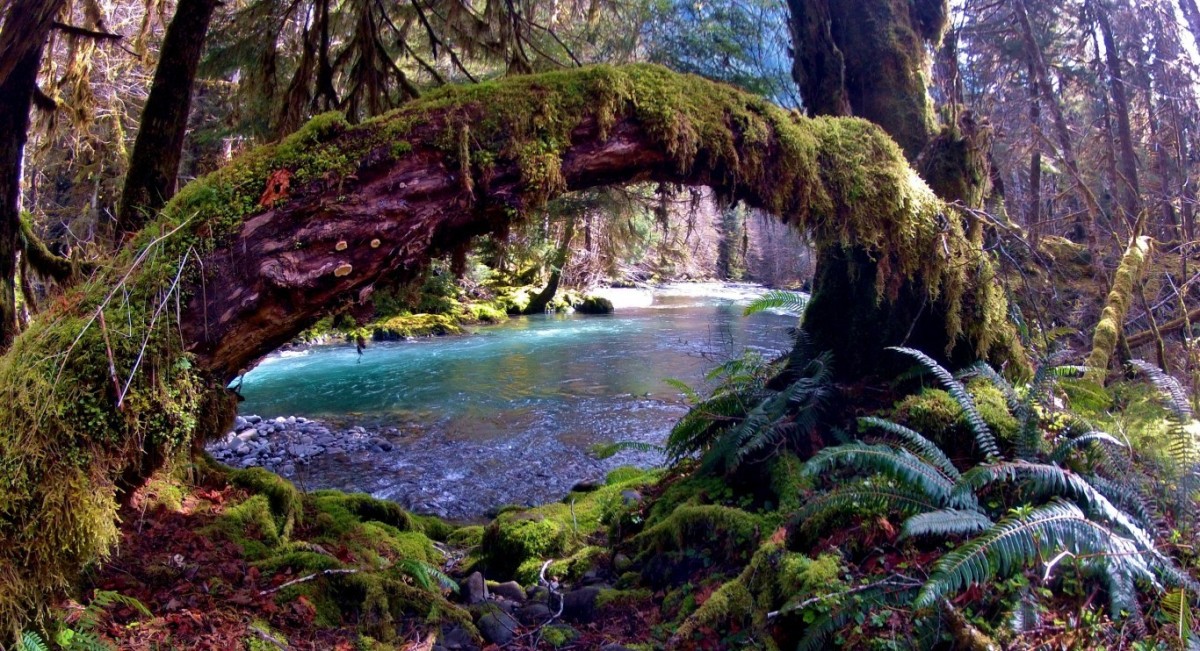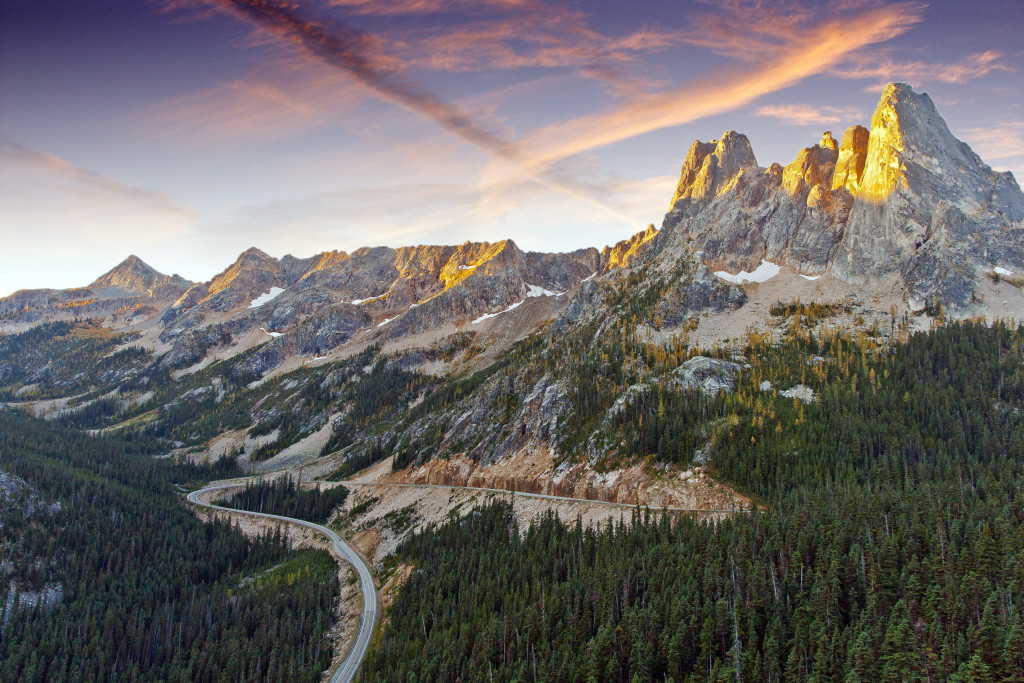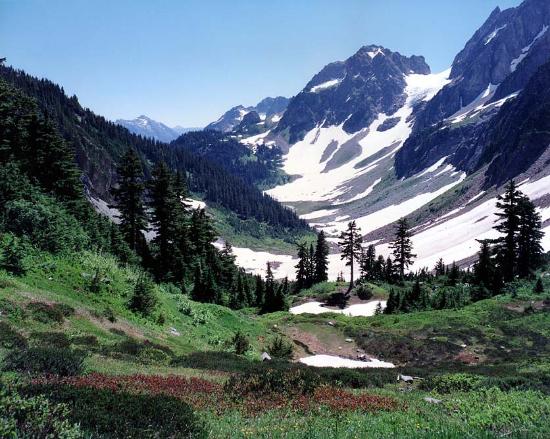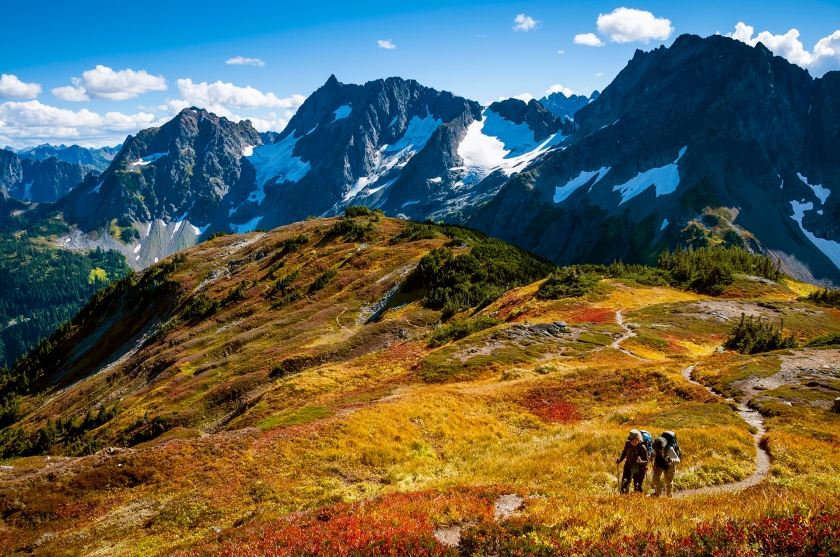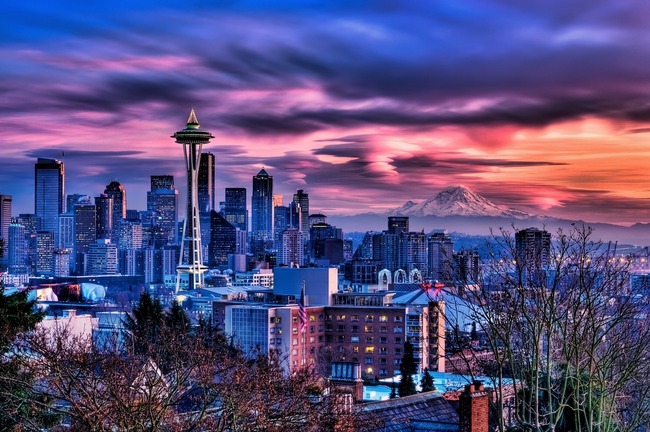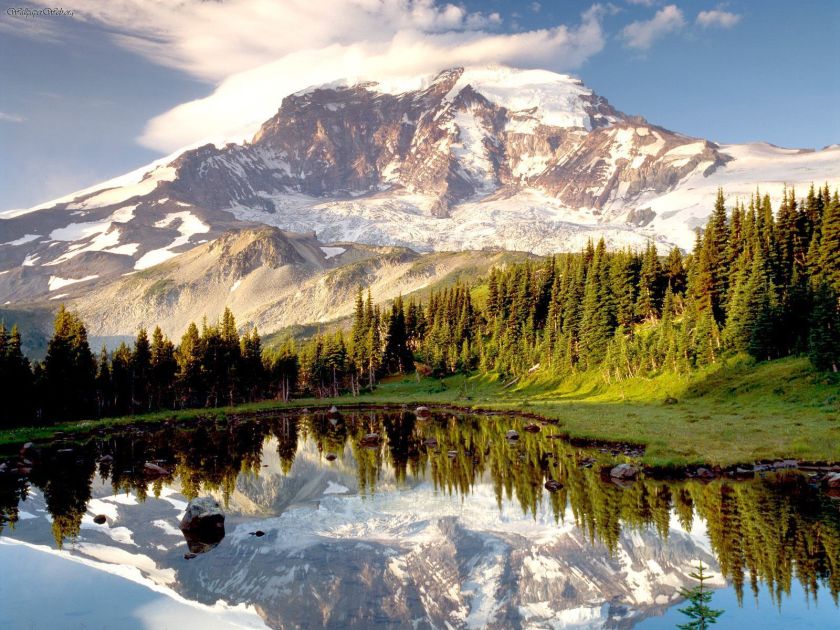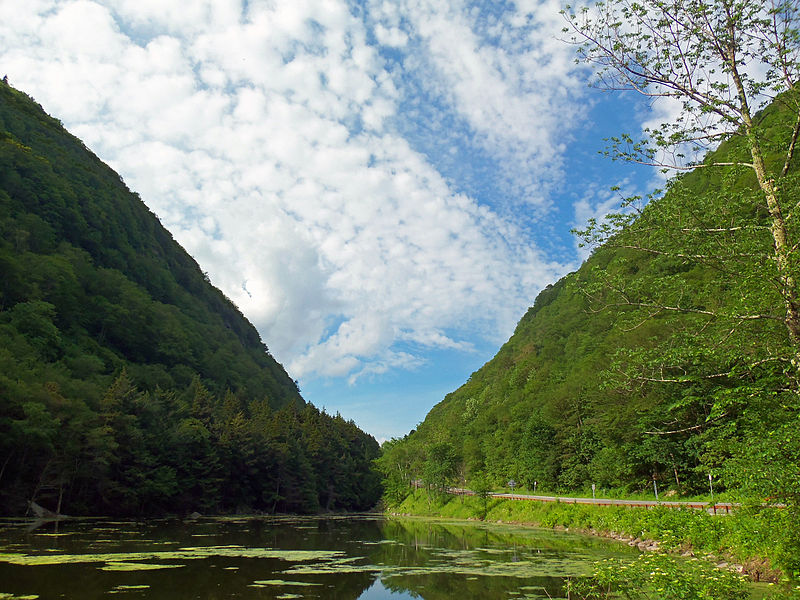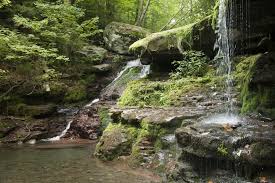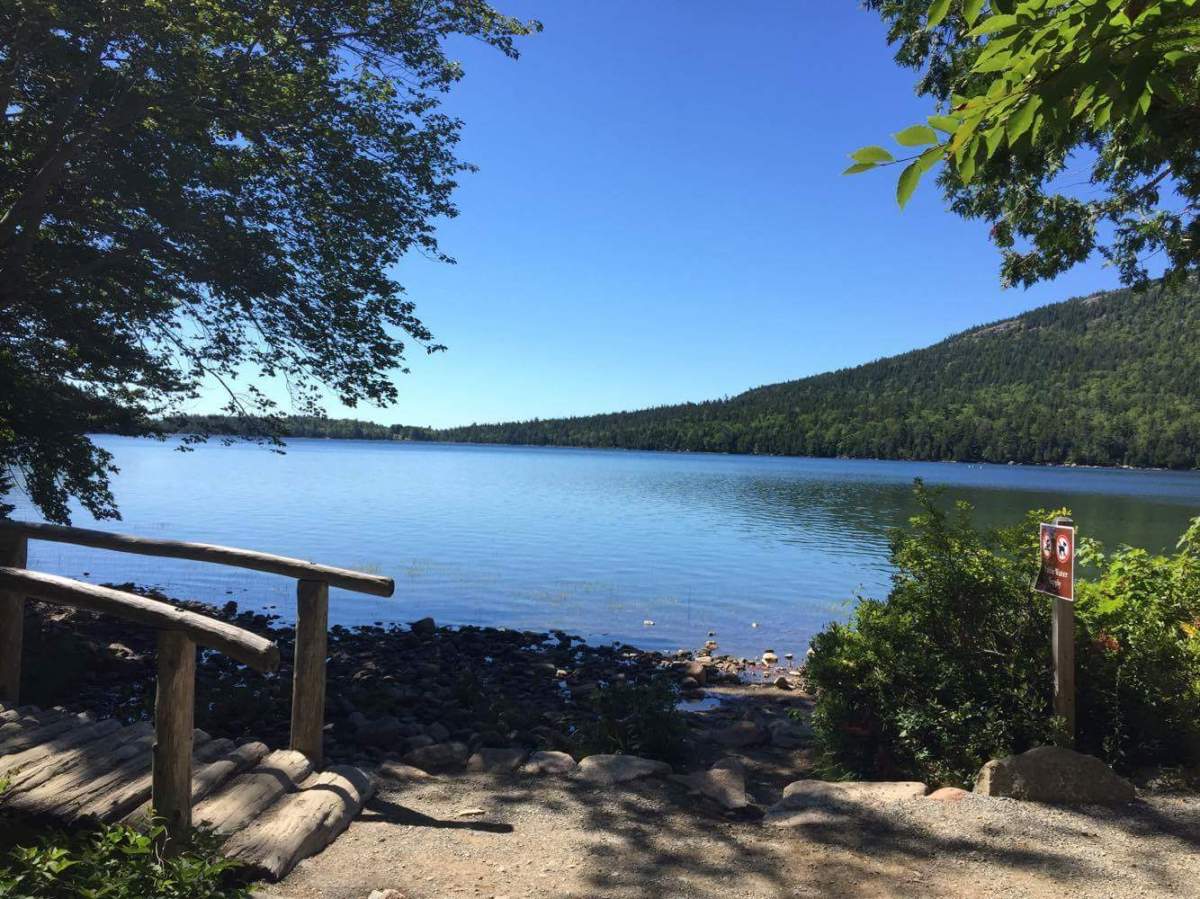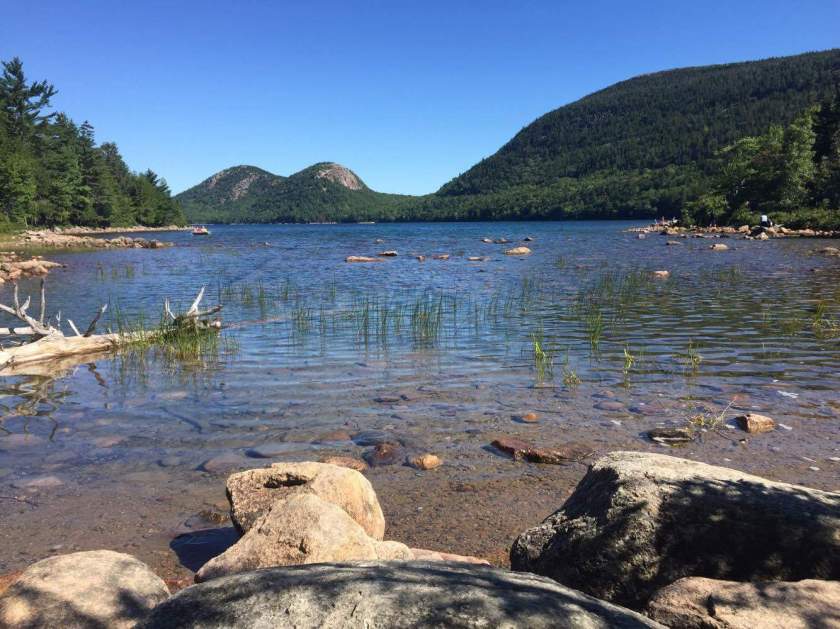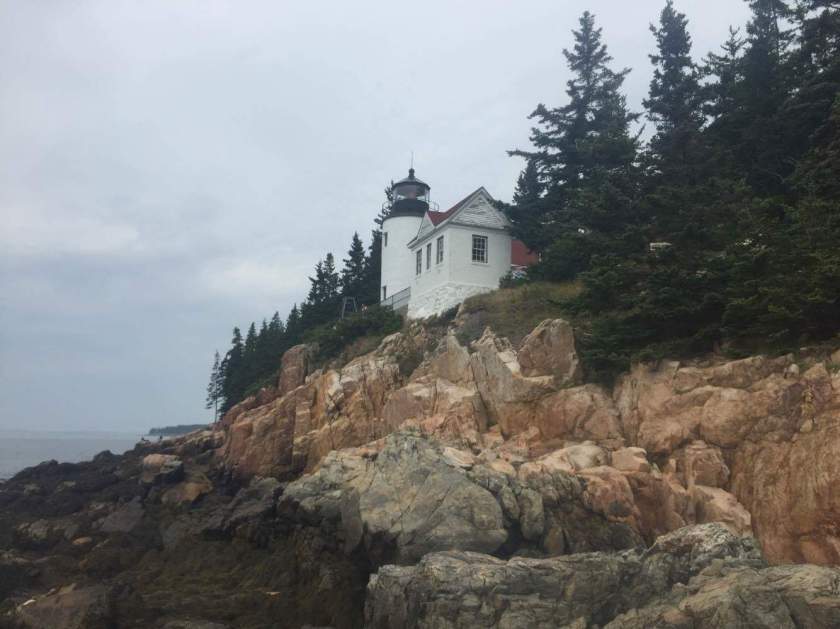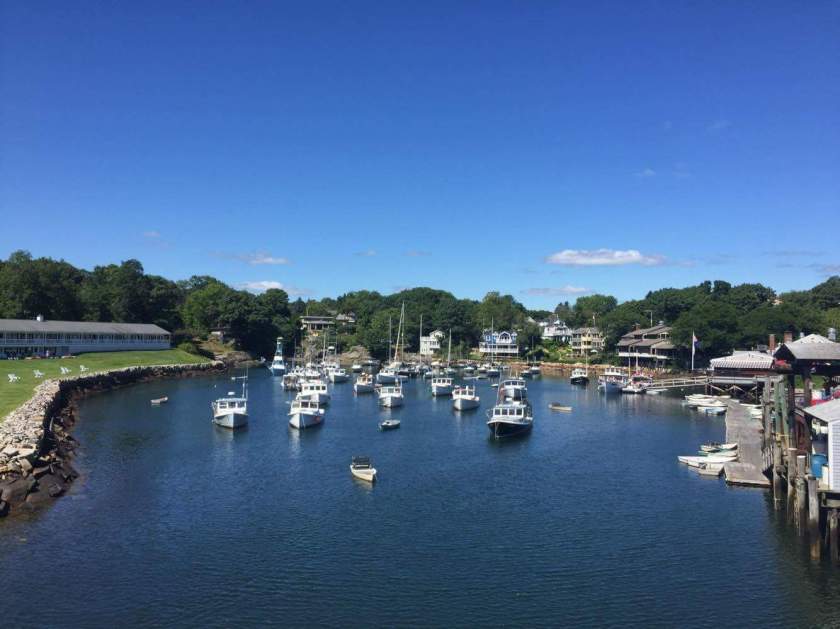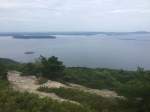Yesterday I had a nice, well-earned day off in which I spent golfing with my brother. It was a beautiful day out and I feel well-rested. With this considered, I am back at work today and continue to wish I was out somewhere in the world. In continuation with my thoughts in moving to Seattle, Washington for a year to explore the local National Parks and state forests (Canada & US), today I will cover Olympic National Park.
Olympic National Park is located on the Olympic Peninsula, directly west of Seattle, Washington. The park has 4 regions: The pacific coastline, the alpine areas, the western temperate rainforest, and the drier forests on the eastern side. The park is 922,651 acres in size (95% is national park, 5% state park), has 73 miles of wilderness coastline, 3,000 miles of rivers and streams, 60 glaciers, and multiple mountain peaks. Olympic National park has over 3 million yearly visitors, making it one of the most popular National Parks in the country. There are 16 campgrounds, 64 trailheads and over 600 miles of trails. This park is approximately a 2 hour drive to the South-East side of the park, and can take an extra 30-45 minutes to reach the North-Eastern areas of the park, from central Seattle. Visitors can easily make a day trip or even a weekend trip out if they live in / nearby Seattle which is one of a few reasons why I want to move to Seattle for a year. 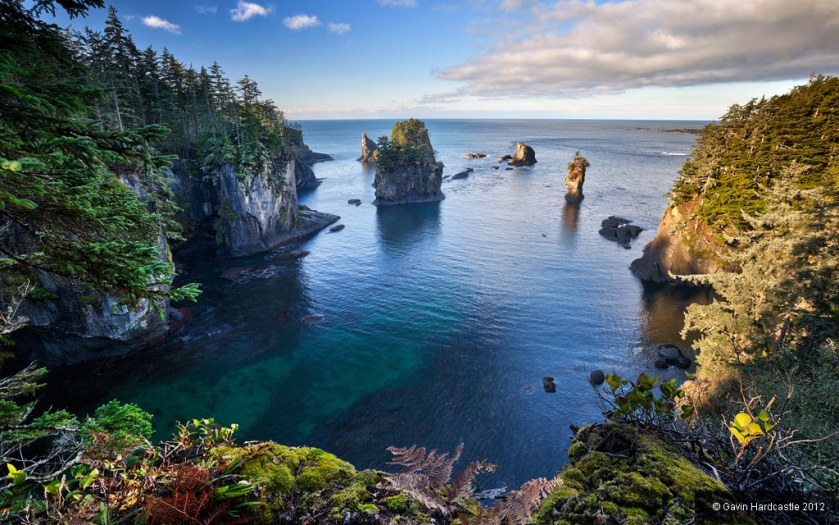
Climate: The climate in this region is diversified due to the sheer size and geography of the park… Therefor I am just going to cover the general specs.. Please check your local weather before heading into the park AND YES YOU MUST CHECK THE WEATHER! The climate in the Seattle area is pretty consistent year round. Due to its unique geographical location with the weather streams, extreme heat waves are rare as well as very cold temperatures. During winter months, temperature averages from 36-45 degrees Fahrenheit, and during the summer month’s temperatures average from 56-76 degrees. However, this weather can completely change once you head inside the National Park. Once you begin gaining elevation in the National Park, temperatures begin to change. The average during the summer months is in the range of 42-63 degrees Fahrenheit (6-17 Celsius) but can reach into the 90’s(F) at some points. The average during the winter months ranges from around 20-34 degrees Fahrenheit (-5-1.5 Celsius) and can hit extreme lows into the teens (-15F for example). 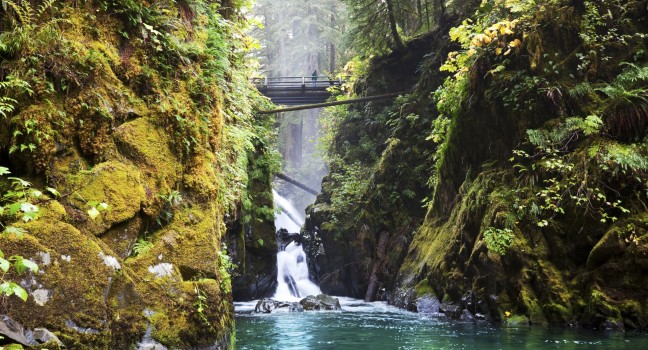
When to visit: Although the park is open year round, the Summer is the dry season. Compared to the other location National Parks in the region (Mt. Rainier and Northern Cascades), this National Park can be hiked / traveled for more months out of the year due to its geographical location near the Pacific. Making for less snowfall, the trails are much less dangerous and open. Expect cool temperatures, rain and fog at any point throughout the year as this is considered a rain-forest. 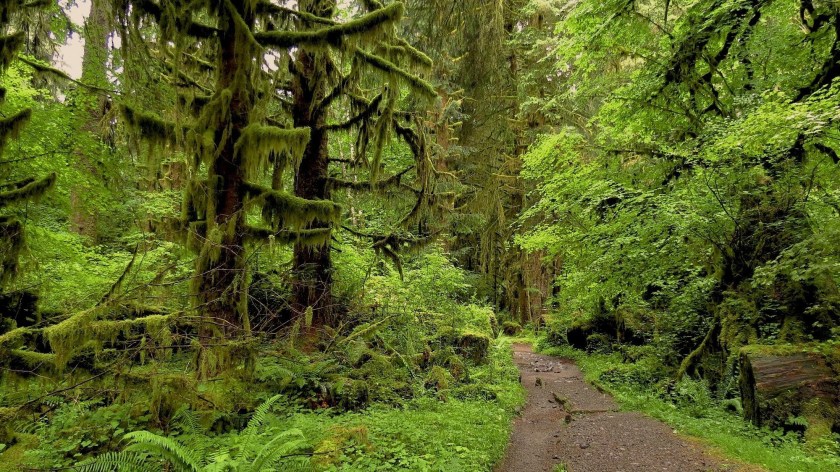
How to get there: Take US 101 west, which will pass by 3 different sides of the park. The main visitor center and entrance are in Port Angeles. The United States of America has almost all of its roads / and all of its highways mapped out through GPS. It is extremely easy to plug in a location or address through GPS to find your best route based off of your current location. 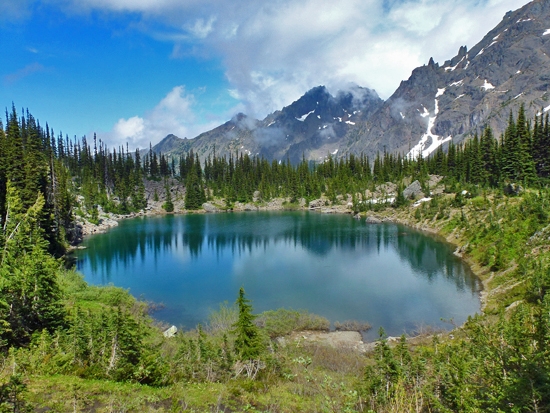
Wildlife: There is a huge diversity in Olympic National Park due to its geographical location. There are 20 reptile and amphibian species, 37 native fish species, 300+ bird species, and 56 different mammals, including 24 marine mammal species. At least 16 of these species are considered endemic (only in one geographical location… I learned this word todayJ). Animals that are common in this park are chipmunks, squirrels, skunks, 6 species of bats, weasels, coyotes, muskrats, river otters, beavers, red fox, mountain goats (accidentally introduced and being controlled), martens, bobcats, black bear, moles, shrews, whales, dolphins, sea lions, seals and sea otters. Uncommonly spotted in the park are Canadian Lynxes, and cougars (mountain lions). Bird species include wrens, gray jays, flycatchers, raptors, warblers, grouses, siskins, ravens, spotted owls, nuthatches, kinglets, red crossbills, thrushes, bald eagles, western tanagers, pygmy owls, Vaux swifts, pigeons, grosbeaks, and many many more. 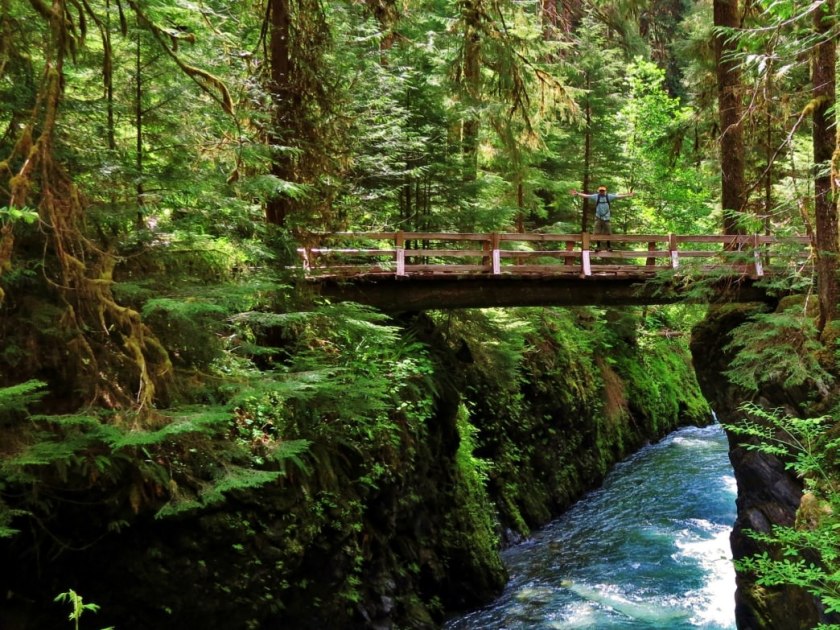
What to do here: Boating, fishing & hiking is what brings the majority of people to this park. Other activities include tidepooling because of the vast length of shorelines and wildlife diversity, camping, backpacking, wildlife viewing tours (you have a good chance of seeing wildlife on your own if you research beforehand), ranger tours as well as night sky tours are also very popular. If you are in the area during the winter, there is a pretty awesome ski slope that exists within the national park as a more natural ski slope.
Climbling Mount Olympus: It is highly recommended that only skilled mountain climbers attempt this challenge. Due to Mount Olympics rocks being composed of shale, sandstone, and basalt, the mountain is extremely fragmented, choosy and loose. Unlike the solid granite in the Cascades and Mount Rainier, Mount Olympus guarantees that at some point you will have a few showers of loose rock falling towards your head (helmet is required). Climbers on this challenge often find unstable snow, fractured rocks, hurricane-force winds, and rapidly changing weather. Cell phone coverage is rare and help is far away. Make sure you do your research ahead of time and plan plan plan. This may save your life before the climb even begins.
My recommendation: As mentioned before, the park has 4 regions: The pacific coastline, the alpine areas, the western temperate rainforest, and the drier forests on the eastern side. I would recommend spending 1 day in each region to gain the most out of this National Park. Spend the trip camping out in the night stars to get the most definitive experience (after all you are visiting a National Park). I would recommend backpacking in North Cascades National Park instead of here due to the extreme weather and geographical location. Backpacking here could get a little wet, and for the same reason I would only stay at one of the 16 campsites or within a camper. Make sure to bring campfire snacks / food and plenty of beer for the cold nights.
If anyone has ever been to Seattle or lives(d) in Seattle, please leave any tips or information!
Thank you for reading. Please like, share and subscribe for more daily places in the world that I am currently dreaming of being at rather than work.
Please Note: I do not advertise for any of the mentioned companies or locations in which I advertise for. I do this 100% for fun and for other want-to-be travelers who want to read.

